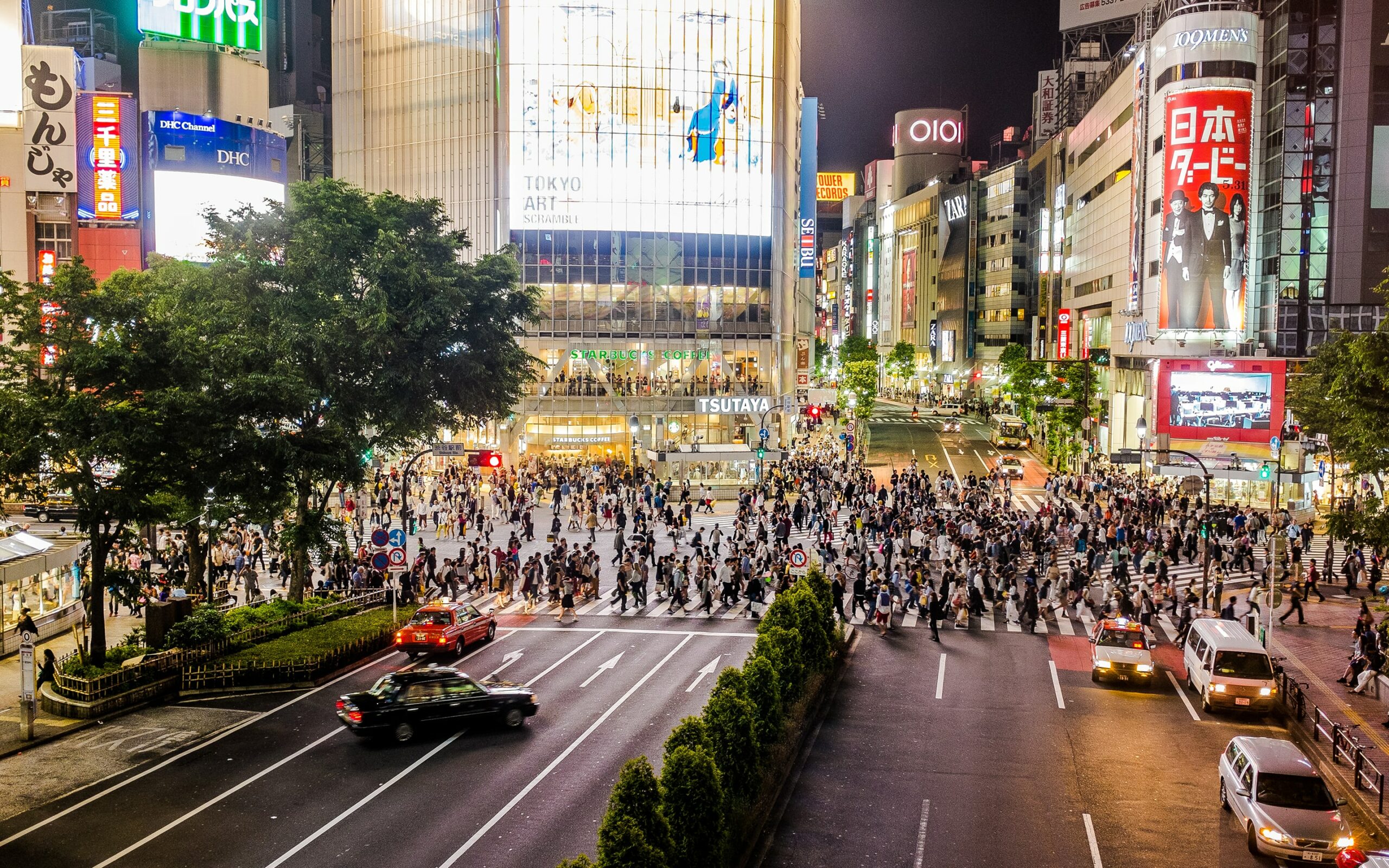Tokyo is a magical place to visit. If you’re not already from a big city like New York, Hong Kong, London, or Paris, etc.. The feeling you get as soon as you step foot out of the station is unlike any other. There’s a buzz in the air, something for every sense, it’s sensory overload in the best way possible.
And even if you’ve traveled to a big city, Tokyo is still on another level.
The Travel Bits
If you already bought your ticket, the hardest part is done. Japan has visa-free travel for most major countries: US, UK, Canada, EU, Hong Kong, Australia, etc. There’s nothing else else you need to do for getting to Japan.
If you’re still searching for flights – Expedia often has package deals to Tokyo – bringing your overall cost down. Haneda is the recommended airport as it’s in the heart of Tokyo City. Search for flights and hotels on Priceline and Travelocity.
I always recommend staying in a hotel for your first trip to Tokyo. The basic level of service in Japan is steps above any other country. You’ll best experience Japanese hospitality in a hotel, rather than in an AirBNB.
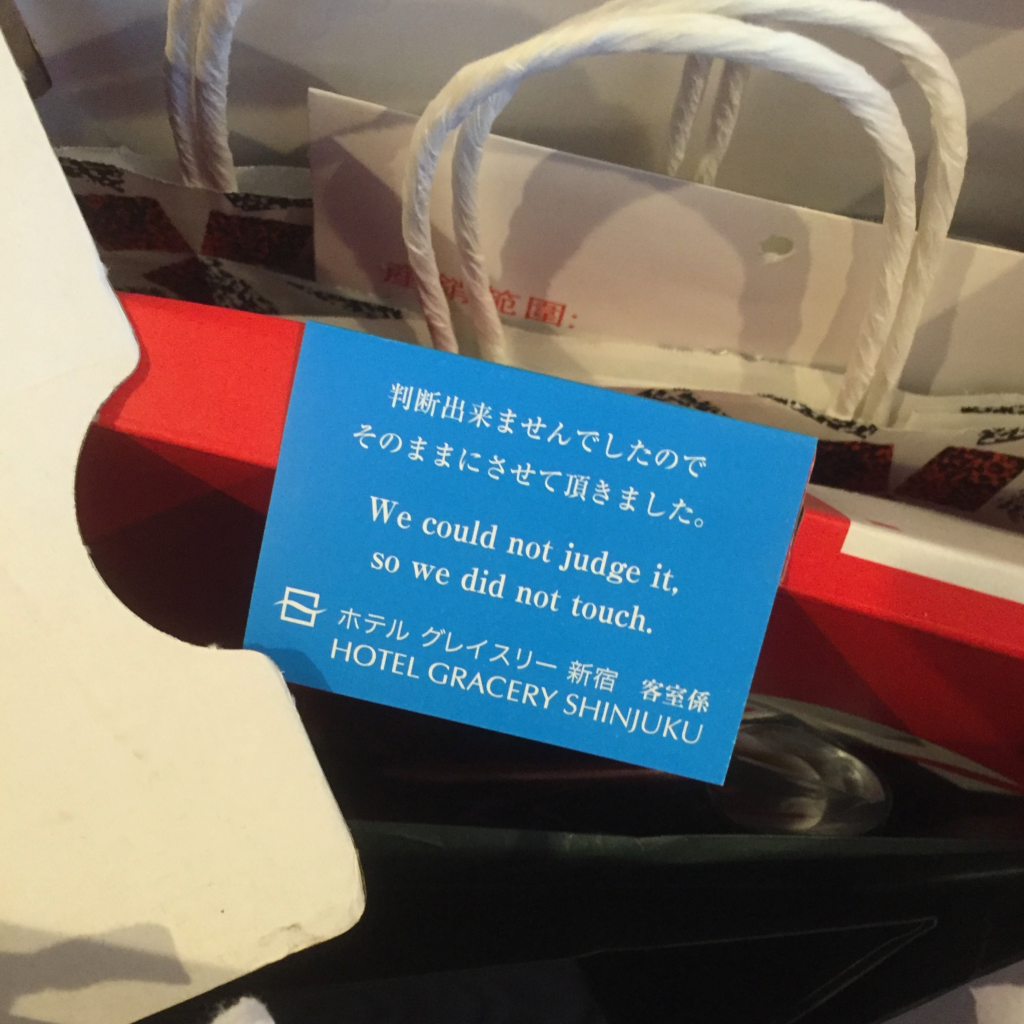
Once you land in Japan – there’s plenty of transportation options to get into town.
What to Do: The Basics
Let’s get it out of the way – it’s impossible to see and experience all of Tokyo in one trip, let alone your first trip.
1. Get a Suica, Pasmo, or other transit card
There are a few different ones, but every person has a least one in Japan. They are all more or less the same. Get one as soon as you land at the Airport, at the train ticket office. You can reload it at any 7-11, Family Mart, and other convenience stores. As well as in any station.

Just like the Hong Kong Octopus, Seoul T-Money, and Taipei EasyCard, you can use your Japanese card to pay for train rides, pay for food and purchases in stores, and buy things in any station.
2. Dedicate a day to at most 3 neighborhoods.
Tokyo is made up of 47 neighborhoods. Each one with it’s own unique feel and personality. The well known ones are massive, and you could spend a couple days there and never be bored of what you’ll find. Bring comfy shoes, and be prepared to walk.
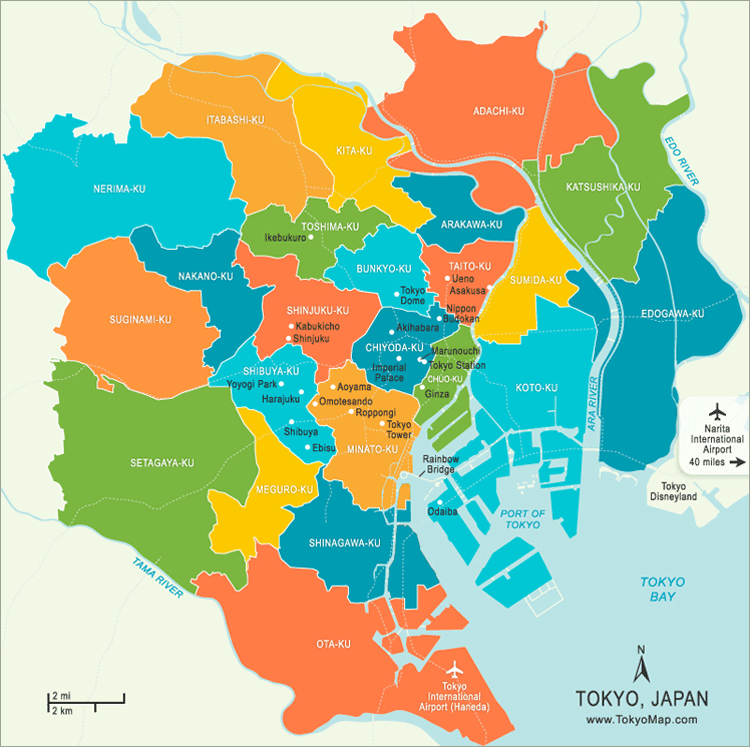
Japan-Talk has a comprehensive guide on the 47 neighborhoods of Tokyo. It’s recommended that you explore the major ones; Shibuya, Shinjuku, Ginza, Roppongi, Asakusa, etc., and also pick a few smaller ones to check out.
3. Eat with an open mind
If there is one thing to be said about food in Japan, is that it is the perfection of the ingredient. Everything that is prepared has been done in a way that best allows the main ingredient to shine. Eating all of your food, and leaving nothing behind (yes, rice included), is a sign of respect to the food, and the chef.
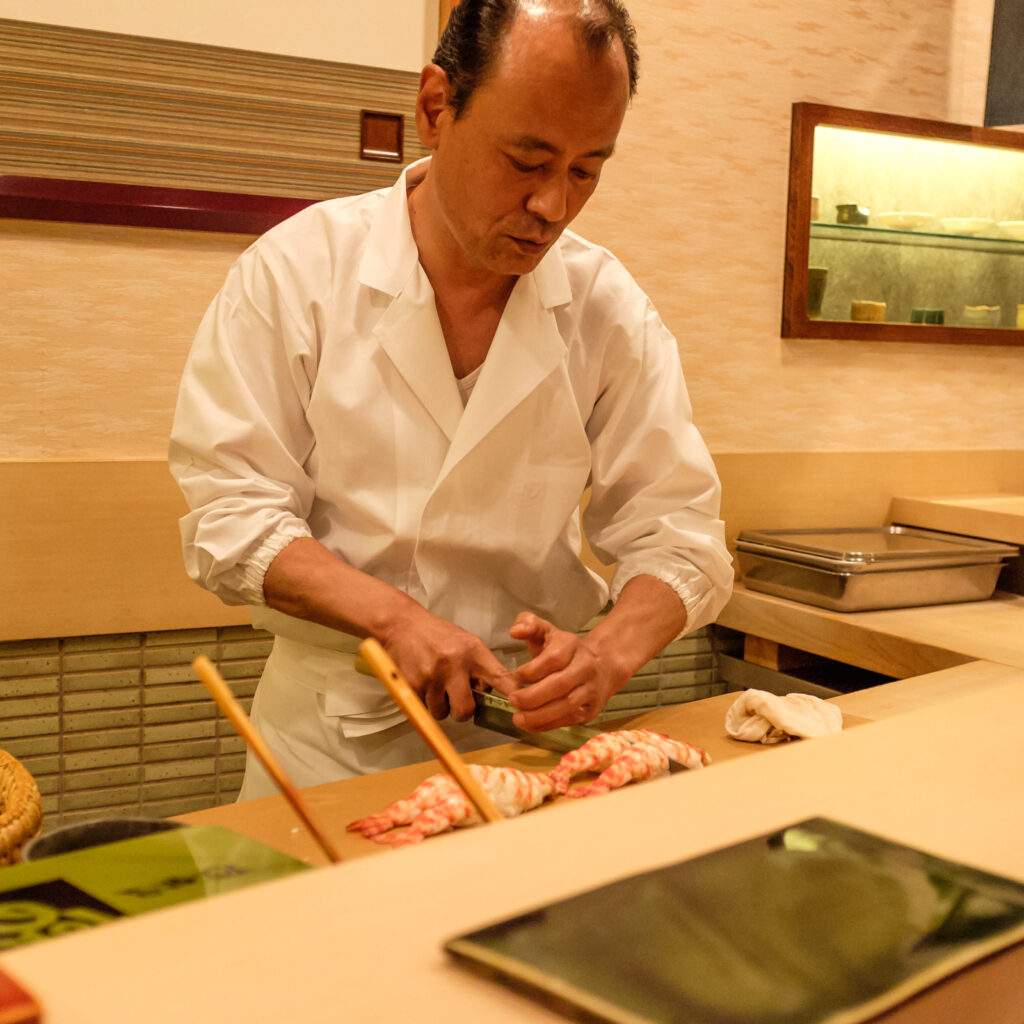
I have been to Sukiyabashi Jiro, where a tourist elected to not try Tako (Octopus), because she had a bad experience with the texture previously. Not only was this a surprise to the staff there, she later tried it and was delighted to say the least. Don’t let your past experience of Japanese food in your home country affect your experience of Japanese food in Japan.
Come with an open mind, and empty stomach.
4. Try the Japanese toilet
Something that is inherently Japanese – the bidet seat. A lot of foreigners I know are put off by this invention, a toilet that sprays water at your rear-end.
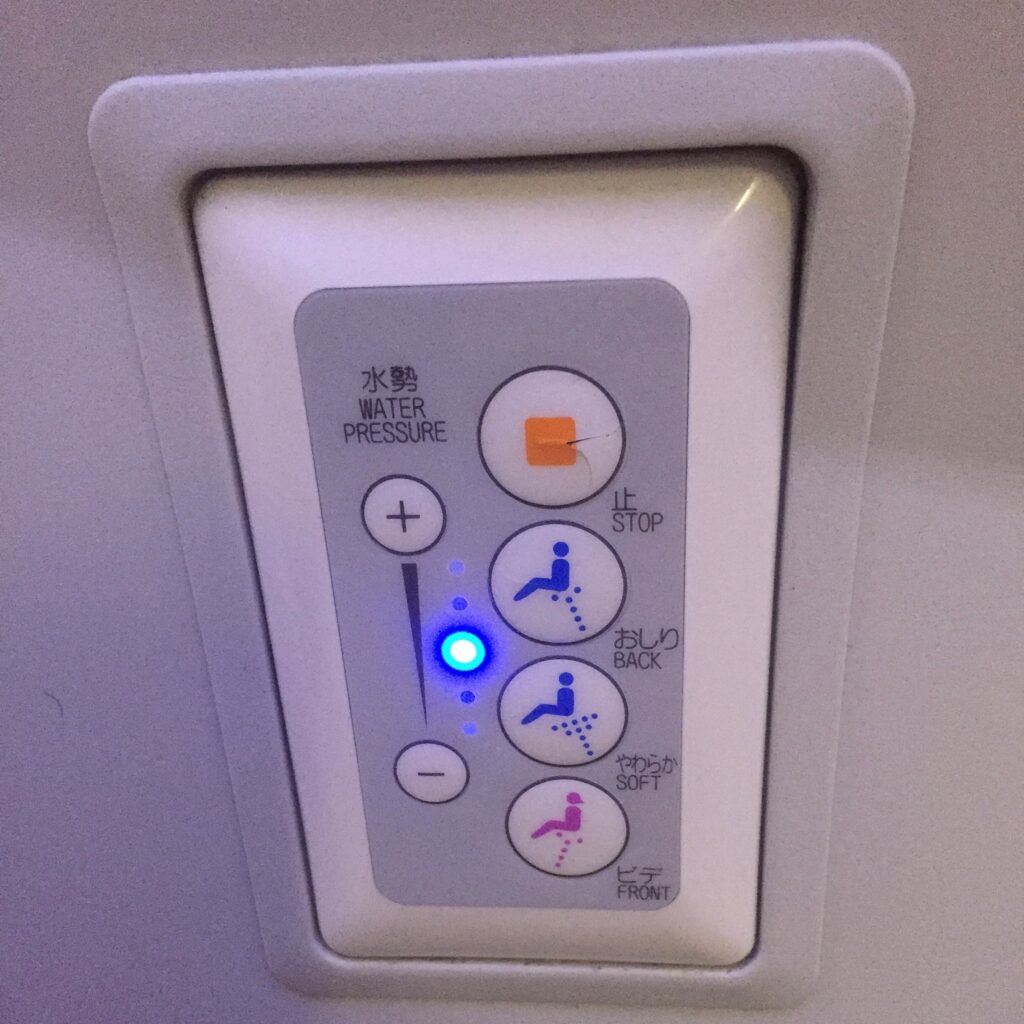
These have gained so much popularity in Japan, that they’ve started to install them on Airplanes. If you do some reading on them, they’re much more hygienic than they seem. They self clean multiple times during your session and get you way cleaner than any tissue can.
5. Visit some tiny bars
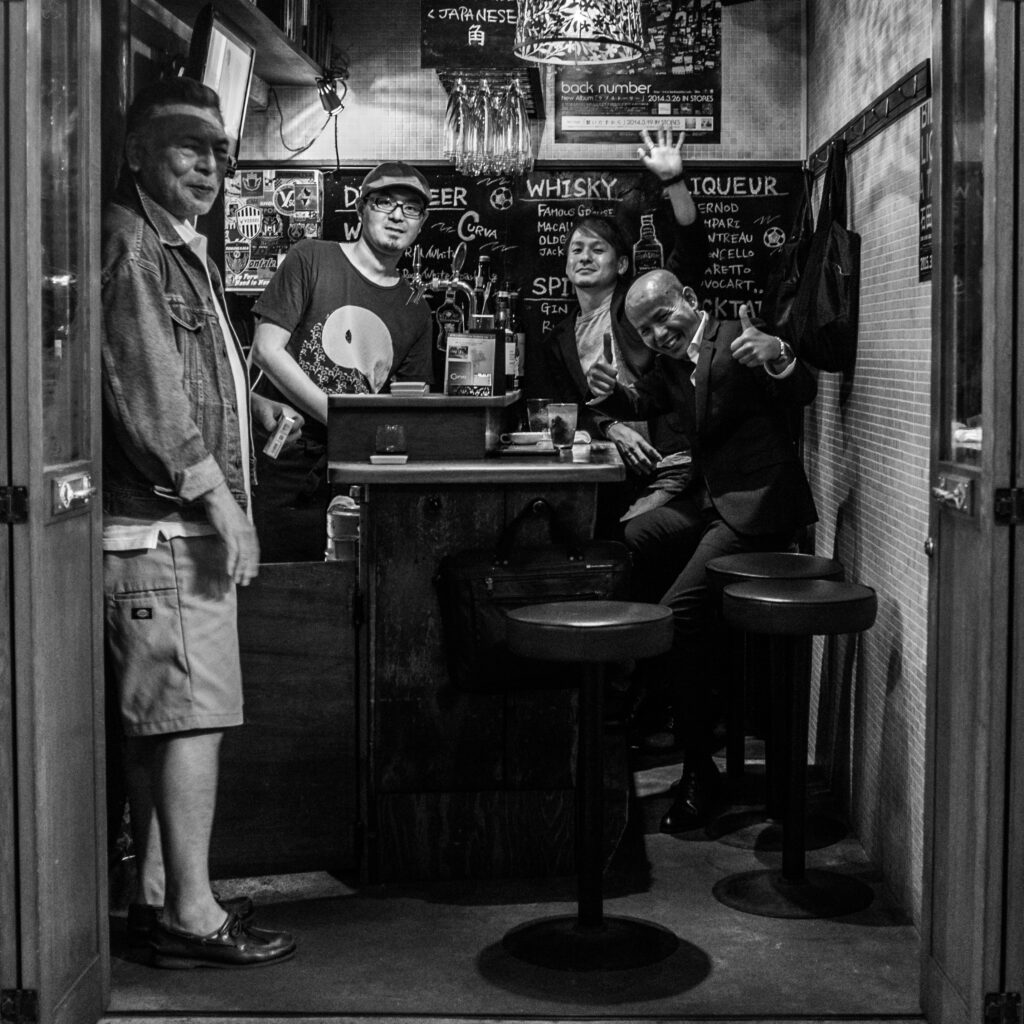
There are things you won’t know about until you seek them out. Tiny 4-5 seat bars are no exception. There are two notable bar areas for these; Golden Gai in Shinjuku is larger, more popular, but also more high key. Drunkard’s Alley in Shibuya is smaller, but a lot quieter. Either way, you’ll want to check it out.
6. Visit at least one shrine
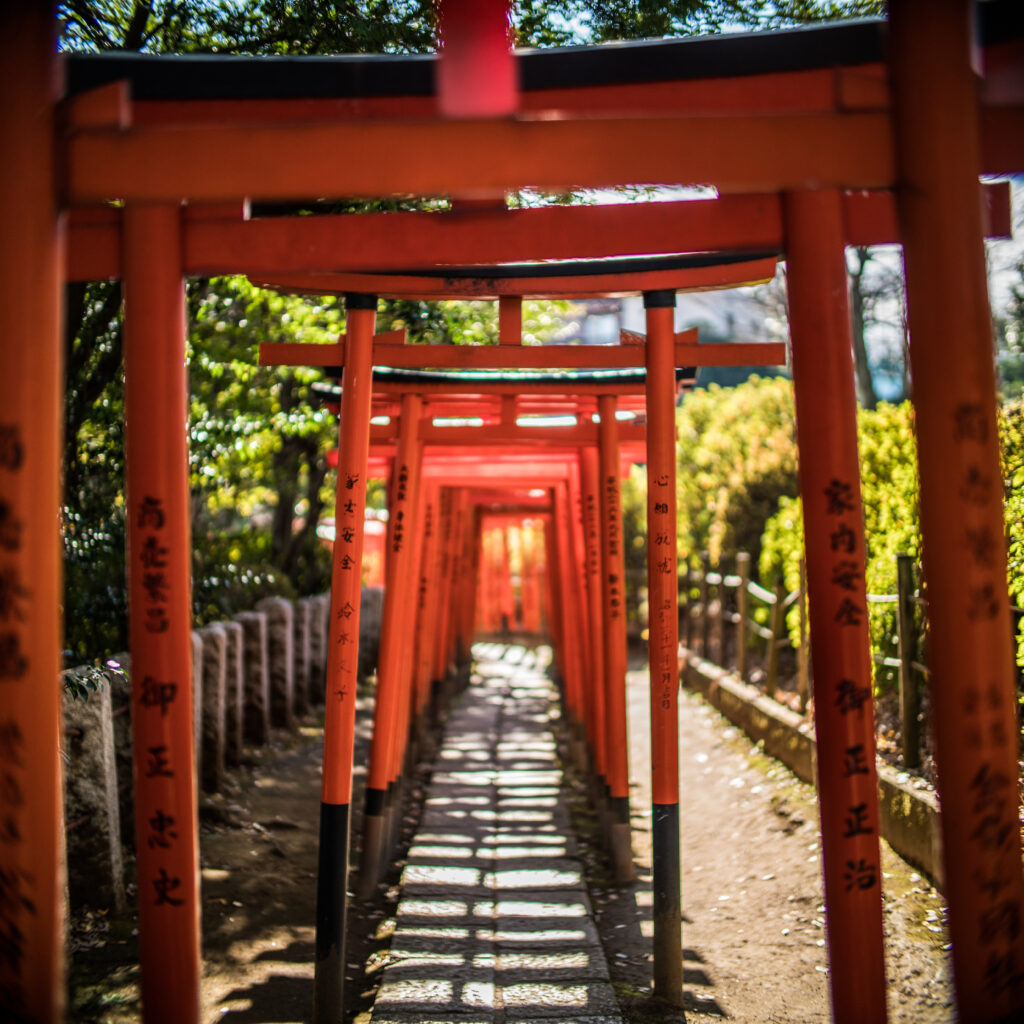
Shrines and temples are everywhere in Japan. Coming in all shapes and sizes, you’re bound to find at least one. Visit one, and buy an Omamori – a luck charm, as a token from your visit.
Where to see the Tokyo from above
Having researched sky decks, viewing platforms, and viewing towers, I’ve come to conclude that there are two that can be easily recommended. One for a nominal fee, and one free to the public.
Free: Tokyo Metropolitan Government Building
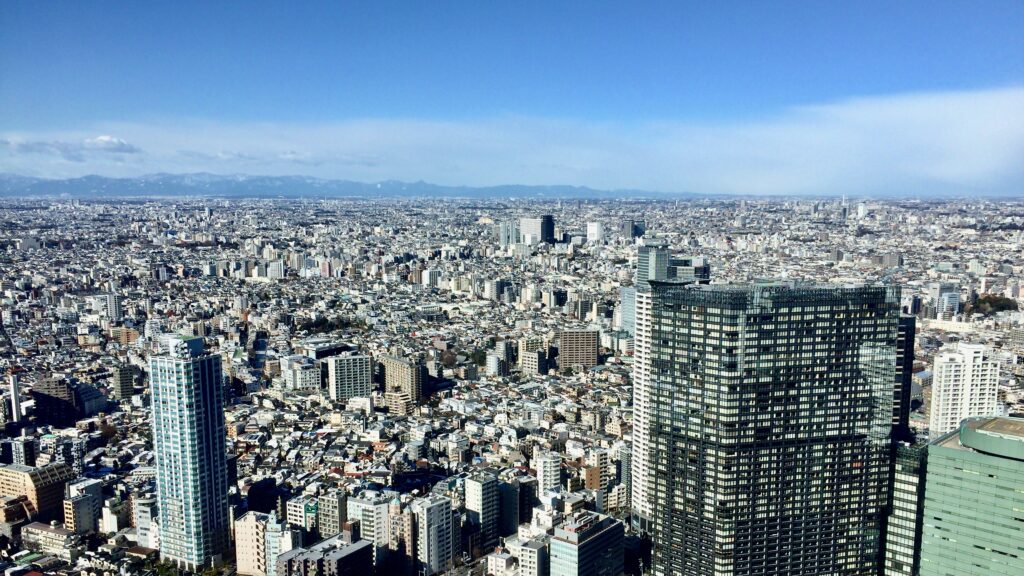
Located in Shinjuku, this is open to the public for free. Like most of the sky views in Tokyo, you’re behind glass, and you’ll have an almost 360 degree view of Tokyo City.
Paid: Mori Tower
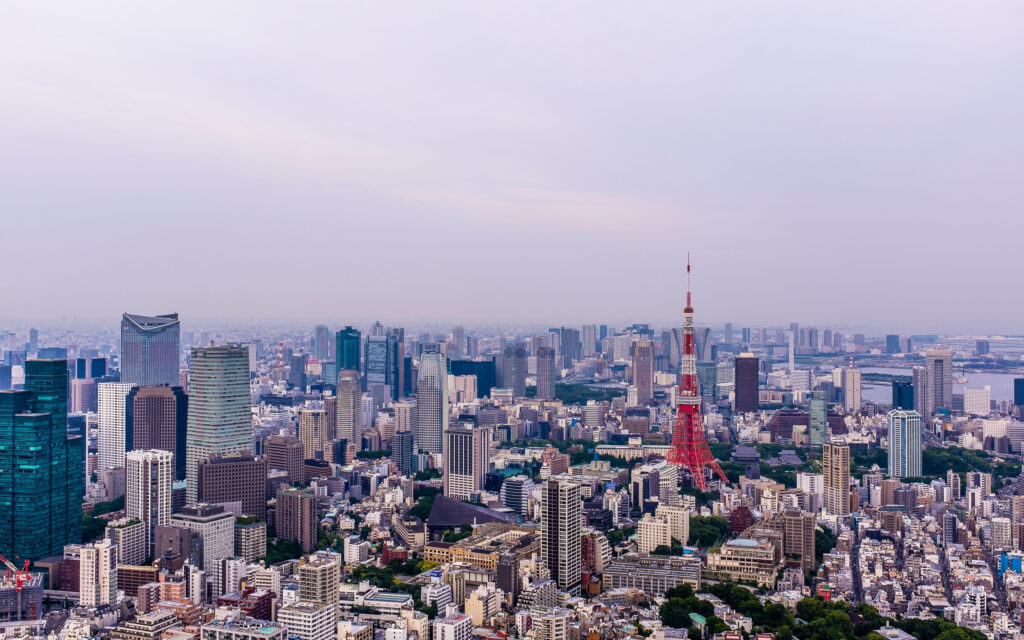
In order to go to the sky deck of Mori Tower in Roppongi, you need to purchase a ticket to the museum. The outdoor sky deck is a small additional fee. But this is the only place where you can get an unadulterated view of Tokyo. You’re outside on the roof of a building, with no glass between you and the city.
Leaving Tokyo
You’re going to want to go back as soon as you get on the train to the airport. You’ll be back, guaranteed.
